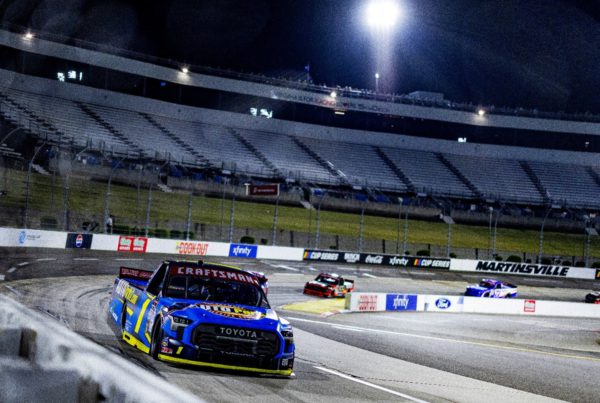The Automated-Parking Pioneers
By Lindsey Howald Patton
AUTOParkit™ founder Christopher Alan created his firm to bring automated
parking to existing buildings.
No one wonders why we don’t use beepers anymore, fax machines couldn’t hold out against e-mail,
and we’re not watching our high-definition, sharperthan-eyesight Blu-ray DVDs and saying,
“Why don’t we bring back the VHS?” Soon, says Christopher Alan, we’ll feel the same way about
today’s parking garages. They’ll be, like the bricks that used to be our cell phones, the
half-forgotten, outdated, clunky things that preceded a sleek, new technology. So what will
replace parking garages? Automated parking centers, and Alan’s AUTOParkit™ business is helping
to lead the charge.
Alan, a builder and developer, didn’t set out to create his own automated-parking firm. “All I
wanted to do was buy an automated parking system for my building,” he says, referring to a
property in Burbank, California, that required additional parking to meet city standards. However,
a search that took him from New Zealand to Utah didn’t locate a manufacturer that could integrate
its system with an existing structure. Build a standalone project? No problem. But if Alan wanted
automated parking combined with his building, he’d have to do it himself.
An automated parking center operates sort of like an elaborate dry cleaning carousel. A user
drives into the garage, turns the car off, activates the automated system, and then the car
is whisked away on a platform—to be returned when the car’s owner gets back.
AUTOParkit™ is built upon a business model that, instead of using proprietary technology, combines
what a handful of companies with proven longevity, infrastructure, and expertise are already doing.
Omron Automation & Safety had a proven history, automation and safety technology, 24-hour support,
and a legion of employees and distributors all over the world. Design Systems, Inc., an engineering
firm headquartered in Michigan, had decades of experience designing and maintaining similar
systems for the nation’s auto manufacturers. SEW-EURODRIVE had high-quality electric motors.
And ConXtech could provide easily adapted, modular steel components for each system. Alan
wrapped them all together, and AUTOParkit™ was born.
Automated parking doesn’t solve all the challenges commuters, city centers, and the environment
endure as we all cruise around looking for a parking spot, but it might come close. First, for
every vehicle you’ll find in a regular garage, AUTOParkit™ can squeeze in two. For major urban
areas, where every inch of space counts, that point is particularly relevant.
Secondly, today’s parking garages must compensate for vehicle emissions by having plenty of
openings to allow fresh air in while massive mechanical systems constantly pump carbon dioxide
out. With an automated system, because a vehicle’s engine is turned off the moment it enters,
you nix the poor air quality created by commuters circling up and down the floors, searching for
that perfect spot right by the elevator or the stairwell. There’s also an aesthetic benefit: since
open air isn’t a necessity, Alan can clad a building’s exterior however a client fancies.
Finally, traditional parking garages must be well-lit at all hours, helping you find your keys
easily and deterring theft and vandalism. But a lighting system in a place where no people go,
where cars are whisked away and nestled next to one another on automated platforms, would be
redundant. AUTOParkit™ centers stay dark except during routine maintenance.
The firm has the distinction of building the first fully automated parking system the city of Los
Angeles has ever seen, a four-story structure on Burbank Boulevard. But just as with airplanes,
televisions, and smartphones, what seems futuristic today goes unnoticed tomorrow. Perhaps
undeniably, Alan says, “The future is automated parking.” ABQ
June 15, 2013
American Builders Quarterly
www.americanbuildersquarterly.com
VIEW ARTICLE








